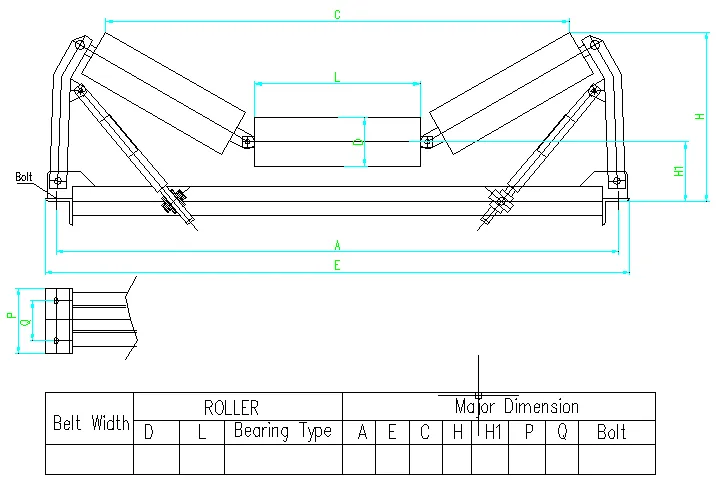 Afrikaans
Afrikaans  Albanian
Albanian  Amharic
Amharic  Arabic
Arabic  Armenian
Armenian  Azerbaijani
Azerbaijani  Basque
Basque  Belarusian
Belarusian  Bengali
Bengali  Bosnian
Bosnian  Bulgarian
Bulgarian  Catalan
Catalan  Cebuano
Cebuano  Corsican
Corsican  Croatian
Croatian  Czech
Czech  Danish
Danish  Dutch
Dutch  English
English  Esperanto
Esperanto  Estonian
Estonian  Finnish
Finnish  French
French  Frisian
Frisian  Galician
Galician  Georgian
Georgian  German
German  Greek
Greek  Gujarati
Gujarati  Haitian Creole
Haitian Creole  hausa
hausa  hawaiian
hawaiian  Hebrew
Hebrew  Hindi
Hindi  Miao
Miao  Hungarian
Hungarian  Icelandic
Icelandic  igbo
igbo  Indonesian
Indonesian  irish
irish  Italian
Italian  Japanese
Japanese  Javanese
Javanese  Kannada
Kannada  kazakh
kazakh  Khmer
Khmer  Rwandese
Rwandese  Korean
Korean  Kurdish
Kurdish  Kyrgyz
Kyrgyz  Lao
Lao  Latin
Latin  Latvian
Latvian  Lithuanian
Lithuanian  Luxembourgish
Luxembourgish  Macedonian
Macedonian  Malgashi
Malgashi  Malay
Malay  Malayalam
Malayalam  Maltese
Maltese  Maori
Maori  Marathi
Marathi  Mongolian
Mongolian  Myanmar
Myanmar  Nepali
Nepali  Norwegian
Norwegian  Norwegian
Norwegian  Occitan
Occitan  Pashto
Pashto  Persian
Persian  Polish
Polish  Portuguese
Portuguese  Punjabi
Punjabi  Romanian
Romanian  Russian
Russian  Samoan
Samoan  Scottish Gaelic
Scottish Gaelic  Serbian
Serbian  Sesotho
Sesotho  Shona
Shona  Sindhi
Sindhi  Sinhala
Sinhala  Slovak
Slovak  Slovenian
Slovenian  Somali
Somali  Spanish
Spanish  Sundanese
Sundanese  Swahili
Swahili  Swedish
Swedish  Tagalog
Tagalog  Tajik
Tajik  Tamil
Tamil  Tatar
Tatar  Telugu
Telugu  Thai
Thai  Turkish
Turkish  Turkmen
Turkmen  Ukrainian
Ukrainian  Urdu
Urdu  Uighur
Uighur  Uzbek
Uzbek  Vietnamese
Vietnamese  Welsh
Welsh  Bantu
Bantu  Yiddish
Yiddish  Yoruba
Yoruba  Zulu
Zulu Exploring the Principles of Gravity in a Pulley System for Enhanced Mechanical Advantage and Efficiency
Gravity Take-Up Pulley An Essential Component in Conveyor Systems
In many industrial applications, the efficient movement of materials is paramount for operational success. One key component that plays a significant role in this process is the gravity take-up pulley. This device is integral in conveyor systems, ensuring that the conveyor belt maintains proper tension and operates smoothly, even under variable load conditions. Understanding the function and importance of gravity take-up pulleys can help optimize conveyor systems and enhance overall productivity.
Gravity Take-Up Pulley An Essential Component in Conveyor Systems
The design of a gravity take-up system typically includes a pulley that is mounted on a vertical or inclined frame. This frame holds a weight or counterbalance that helps to keep the belt taut. One of the major advantages of gravity take-up pulleys is their simplicity. Unlike other tensioning methods that may require complex mechanisms or active monitoring systems, gravity take-ups rely on basic principles of physics. By simply allowing a weight to descend or adjust as tension changes, they provide consistent performance with minimal maintenance.
gravity take up pulley

Another significant benefit of using gravity take-up pulleys is their ability to extend the life of the conveyor belt. When a belt operates with proper tension, it experiences less wear and tear, leading to lower replacement costs and reduced downtime for maintenance. Moreover, a well-tensioned belt can help prevent spillage of materials, thereby minimizing waste and keeping the work environment clean.
However, while gravity take-up pulleys are effective, it is crucial to note that their performance relies heavily on proper installation and regular inspection. If the weight is too heavy or too light, or if the pulley system is misaligned, it can lead to inefficiencies and potentially damage both the belt and the conveyor structure. For optimal operation, technicians should regularly check the tension and alignment of the take-up pulley, ensuring that the counterweight system functions as intended.
In the context of materials handling, industries such as mining, agriculture, and manufacturing frequently employ gravity take-up pulleys in their conveyor systems. In areas where space is limited, the compact design of gravity take-up systems allows for efficient use of the available footprint, making it a preferred choice in many settings.
In conclusion, gravity take-up pulleys are a fundamental component in the design and operation of conveyor systems. They enhance the reliability and efficiency of material transport by ensuring optimal belt tension, thus prolonging equipment life and reducing operational costs. By understanding how they work and appreciating their benefits, industries can ensure that their conveyor systems remain functional and efficient, leading to improved productivity and operational success. Proper maintenance and periodic inspection will ensure that these systems continue to perform effectively over time, making gravity take-up pulleys a vital investment for any material handling application.
-
Revolutionizing Conveyor Reliability with Advanced Rubber Lagging PulleysNewsJul.22,2025
-
Powering Precision and Durability with Expert Manufacturers of Conveyor ComponentsNewsJul.22,2025
-
Optimizing Conveyor Systems with Advanced Conveyor AccessoriesNewsJul.22,2025
-
Maximize Conveyor Efficiency with Quality Conveyor Idler PulleysNewsJul.22,2025
-
Future-Proof Your Conveyor System with High-Performance Polyurethane RollerNewsJul.22,2025
-
Driving Efficiency Forward with Quality Idlers and RollersNewsJul.22,2025





























